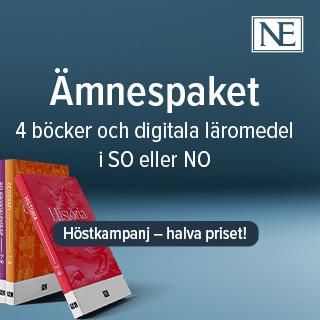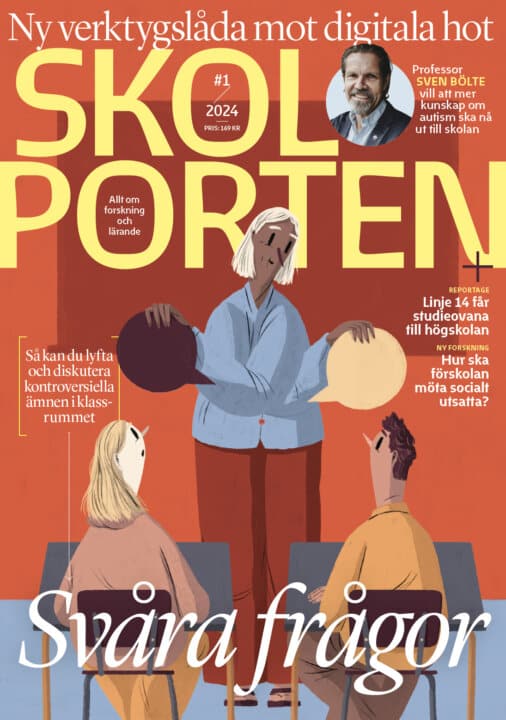Deictic Demonstratives in Japanese, Finnish and Swedish: First and Third Language Perspectives
Ett syfte med Mitsuyo Kuwano Lidéns avhandling är att belysa hur modersmålstalare av japanska, finska och svenska använder rumsdeiktiska demonstrativer på sina respektive språk, exempelvis hur man i svenskan använder ”den här” och ”den där” för att peka ut en referent som finns i en samtalssituation.
Mitsuyo Kuwano Lidén
Professor Gunilla Lindberg-Wada, Stockholms universitet Docent Päivi Juvonen, Stockholms universitet Docent Peter af Trampe, Stockholms universitet
Associate professor Keiko Yoshioka, Leiden University
Stockholms universitet
2016-09-24
Deictic Demonstratives in Japanese, Finnish and Swedish: First and Third Language Perspectives
Institutionen för Asien-, Mellanöstern- och Turkietstudier
Deictic Demonstratives in Japanese, Finnish and Swedish: First and Third Language Perspectives
The goal of this thesis is twofold. Firstly, it investigates the actual, native use of spatial-deictic demonstratives in Japanese, Finnish and Swedish. Secondly, it investigates and elucidates the interlanguage of Finnish-speaking and Swedish-speaking learners of Japanese regarding their use of Japanese spatial-deictic demonstratives in the light of respective native use and, in comparison to the descriptions of demonstratives in the teaching materials used. Thus, the present study deals with analyses of two sets of empirical data: data produced by native-speaking informants (L1 data) and data produced by language learners (L2 data). These were elicited by Discourse Completion Tasks (DCTs) designed, collected and analyzed using both quantitative and qualitative methods by the author.
The results showed that the actual use of demonstratives by the native informants was not always in accordance with the way described in grammars. The typological similarities between Japanese and Finnish were in this study not reflected in the native use of demonstratives, and some uses were not solely based on the spatial relations between the referent, the speaker and the addressee, but rather on social-interactional factors. The main findings regarding the learner data revealed some differences in the usagerate of the demonstratives between the two Finnish-speaking groups and the one Swedish-speaking learner group studied. There were, however, no particular differences found between them regarding the type of demonstrative used. It is suggested that these differences are first and foremost connected both with the teaching materials used and the more or less heterogeneous linguistic environment in which the learners reside, and only thereafter with the typological similarities or differences between their respective native languages, Finnish and Swedish, and the target language, Japanese.
It is further argued that the learners’ use of the different Japanese demonstratives, that is the type of demonstrative used, could be explained in terms of familiarity with the grammar. That is, when the situations used in the DCTs were exemplified in teaching materials and were familiar to them, the learners seemed to use Japanese demonstratives as they are described in the teaching materials and as the native Japanese speakers use them. When the situations used in the DCTs were not exemplified in the teaching materials, the learners seem to rely more on their native language. The results, thus, suggest that the learners’ interlanguage is influenced by the grammar of the target language known to the learners, but also by the number of languages (or varieties) that the learners have contact with at the time of learning.
The results of the present study have implications for the teaching of Japanese in at least two ways. Firstly, the importance of grammar instruction must be emphasized since its effect on the learners’ language is apparent. Secondly, the contents of teaching materials should be revised on the basis of the native speakers’ actual use of the grammar.
Relaterade länkar

Fritidshem
 Åk F–6
Åk F–6 Matematikångest
 Åk 4–Vux
Åk 4–Vux 






